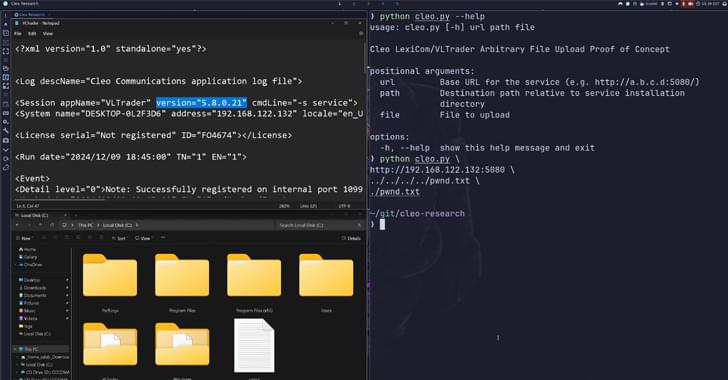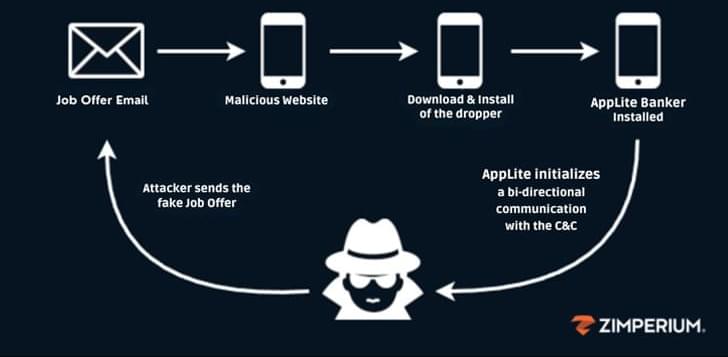Dec 12, 2024
AI Agents: Easier To Build, Harder To Get Right
Posted by Shubham Ghosh Roy in categories: business, cybercrime/malcode, finance, robotics/AI
Today, AI agents have evolved to become more modular and sophisticated. Agents like ChatGPT can engage in conversations and assist in a wide range of workflows, including customer service and financial decision-making.
Technologies such as retrieval-augmented generation (RAG) allow AI systems to combine different data sources dynamically, making them more adaptive and helpful in real-world applications. As AI’s influence expands into industries such as finance, healthcare and cybersecurity, it is becoming clear that AI agents are critical components of modern business operations.
Despite the remarkable progress in AI, deploying these systems presents several challenges. One of the primary concerns is the risk of bias embedded in the datasets used to train AI agents. AI systems learn from historical data, which can contain patterns of discrimination that, if unchecked, lead to biased decisions, such as favoring particular groups over others in hiring or lending scenarios.

















